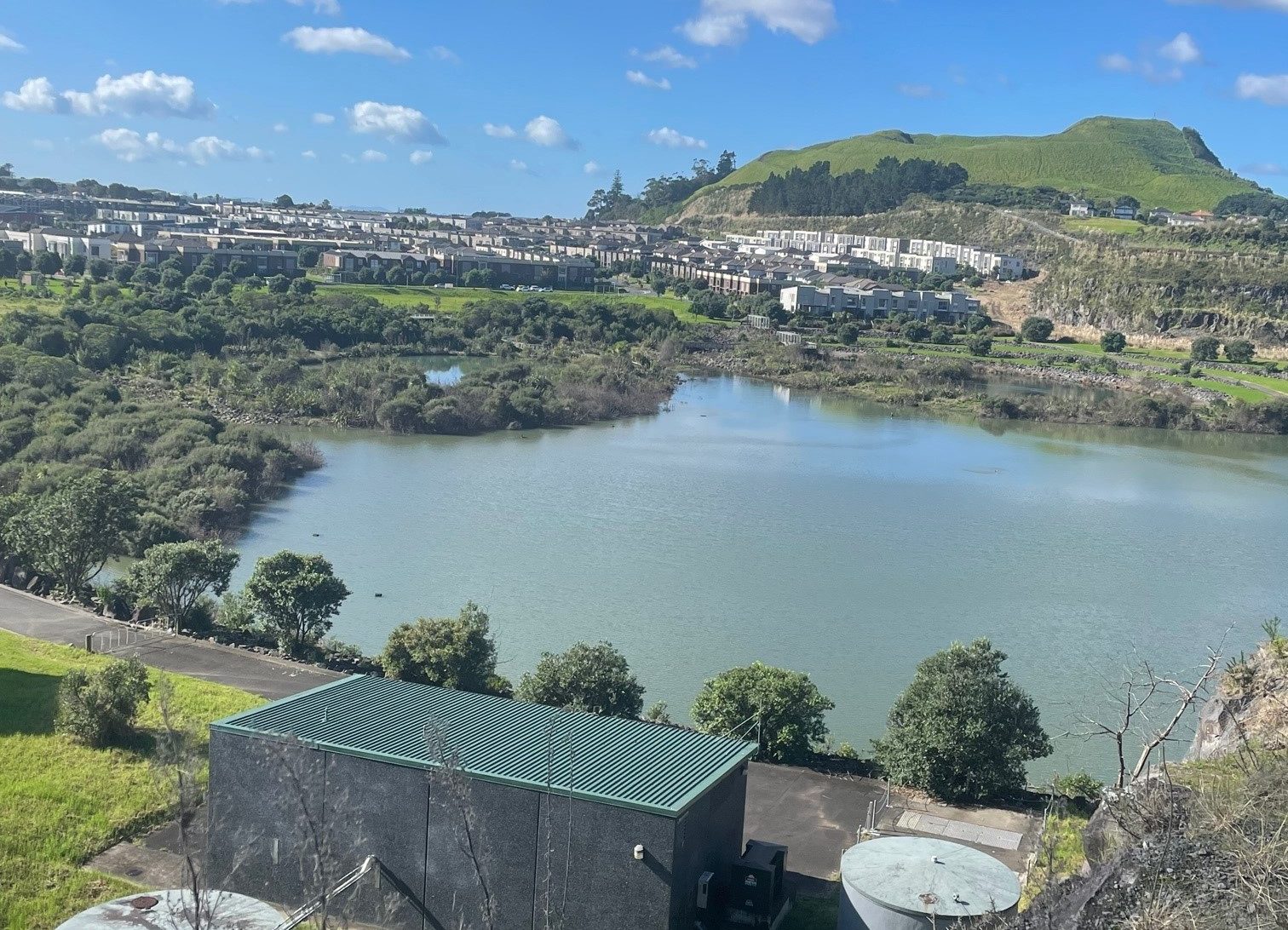
The replacements for the Resource Management Act 1991, the Natural and Built Environments Act (NBEA) 2023 and the Spatial Planning Act 2023 passed their third reading on 17 August 2023 and are expected to receive Royal Assent next week.
Here’s our quick guide on the top 5 things you need to know:
- When will it take effect? While technically most of the NBEA comes into effect the day after it receives the Royal Assent, the repeal of the RMA will occur later and for the most part will keep operating until each region’s NBEA date (which are yet to be determined). The transition is expected to take close to a decade.
- Environmental Protection Purpose: The previous two-limbed purpose in the first reading of the Bill gave equal weight to the use, development protection of the environment and te Oranga o te Taiao (which broadly translates to upholding the health of the environment). The NBEA as passed makes it clear that the “use and development of the environment” subservient to protecting the health of the environment. There is a clear theme throughout the legislation of the health and protection of the environment is the core purpose, which will be given effect to through a new tools of system outcomes and environmental limits and targets.
- National Planning Framework: The existing national policy statements and national environmental standards are going to be grandfathered into a new National Planning Framework. This is going to create a somewhat strange transition given that the first NPF will be grounded in the policy of RMA national direction rather than the new environmental protection regime of the NBEA. The Ministry for the Environment has been working on this in preparation of the NBEA passing and it is expected to be notified for submissions soon. This will be followed by a year long board of inquiry process. Given the change to a more environmental protection based legislative regime, it will be important for businesses to have their say on the NPF to try and ensure that any environmental bottom lines that come out of this process are realistic and workable.
- Polluter pays: The NBEA introduces a considerably strengthened enforcement regime with a raft of new enforcement tools and significantly increased penalties (i.e. from 600,000 to 10 million for companies). Statutory liability insurance for fines, infringement fees and pecuniary penalties imposed for environmental offending havs been prohibited. Even with the best environmental management systems and processes. Accidents and unforeseen events happen. It would be prudent for any businesses to discuss with their broker and review their risk management approach now that the option of managing some aspects of environmental financial risk through private contract has been removed.
- What happens if there is a change of Government? National and Act made minority Select Committee Reports opposing the Bills and have indicated that the Acts will be repealed before then end of the year if they form the next Government. Even if the Acts are not repealed in their entirety, we would expect a new centre right Government to substantially amend the Acts before they come into effect.
If you require assistance understanding the implications of the environmental law reform on your business or property then please contact contact Joanna Beresford, Partner, Environmental Law, joanna@beresfordlaw.co.nz +64 21 114 1277.
Disclaimer. The information in this article is intended to provide a summary of the topic covered and is for general information only. It is provided without charge, is not comprehensive, and does not provide legal advice or other advice. Please seek independent advice before acting on any information in this article.
